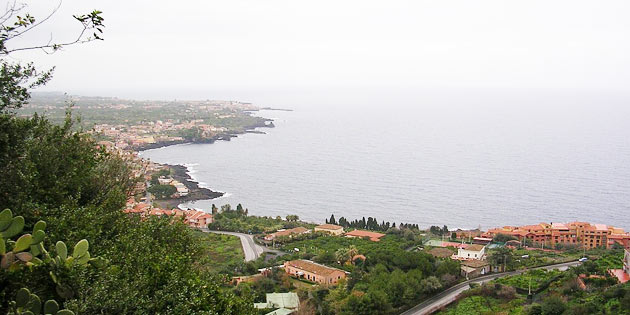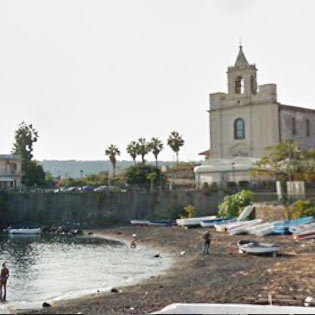Village of Santa Tecla

Giuseppe ME - CC3.0
Santa Tecla is a seaside village nestled on a suggestive lava platform on the side of the Timpa.
Geological studies show the presence of numerous active faults of volcanic origin underground, the most impressive is known as the Santa Tecla Fault i>.
The first historical news of this seaside village dates back to 902, when, according to the Arab historian Nwwayuri, the Arabs coming from Taormina.
The name Santa Tecla derives from the Arabic term Sciant Tagla, i.e. landing place, as reported in the "Book of Ruggero" by the Arab geographer Al Idrisi in 1154. Over time, due to assonance, the pronunciation changed to Santa Tecla, and a small church with this name was subsequently built. According to another hypothesis, the toponym derives from the small church built there in the Norman era dedicated to Santa Tecla.
Among the places of interest in the small village: the Mother Church of Santa Tecla which houses a canvas of Santa Tecla by the 17th century painter Giacinto Platania from Acivia; the Sanctuary of Our Lady of Fatima and Santa Tecla, an outdoor sanctuary made of lava stone with an altar made of a single block of lava; a 17th century sentry box; the site known as the Madonna del Buon Riposo, located in the upper part of via Balestrate, where there is a small altar built in the first decades of the last century in a small clearing; the zenia or noria, an ancient tool for lifting water for irrigation imported by the Arabs; the coves in the lava cliff.


